IT Network Design
In this project, I worked with a small team to develop a secure network infrastructure for a fictional hospital.

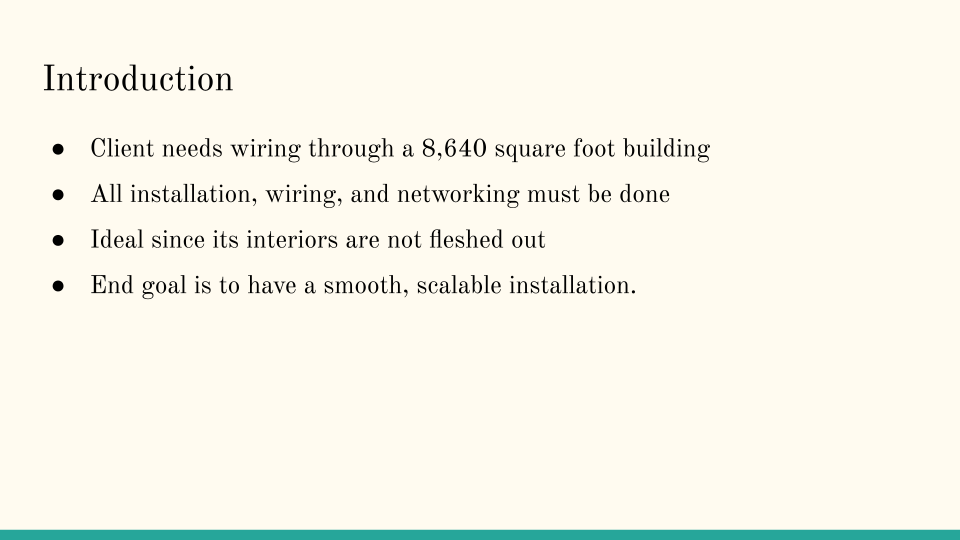
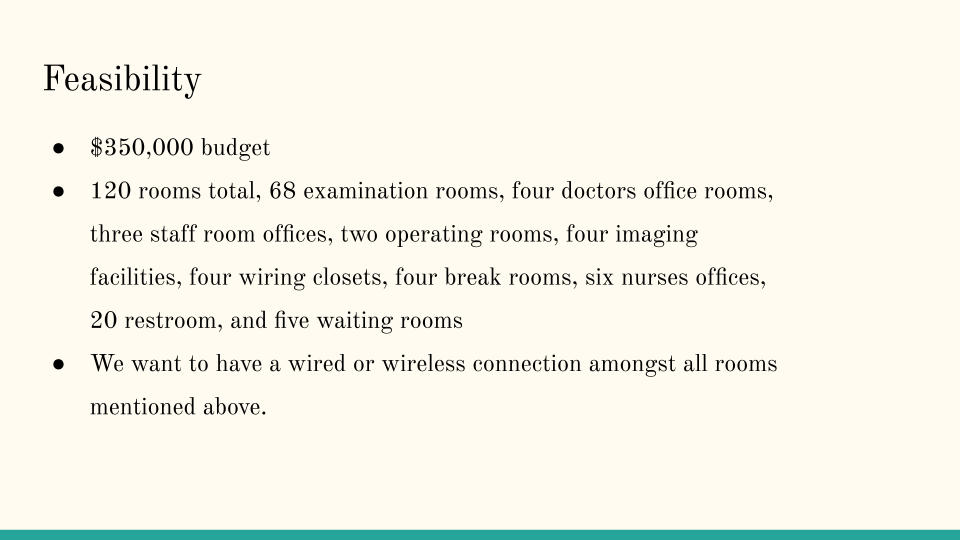

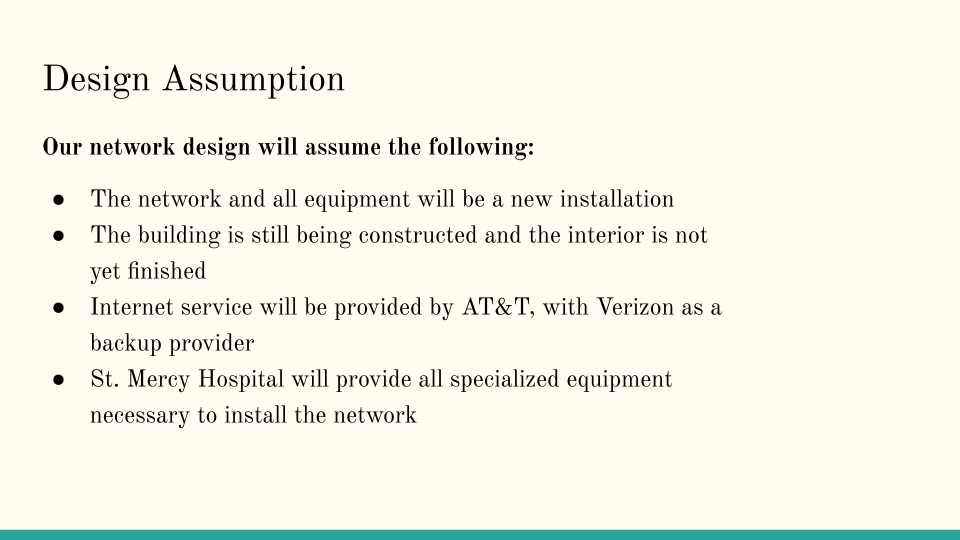

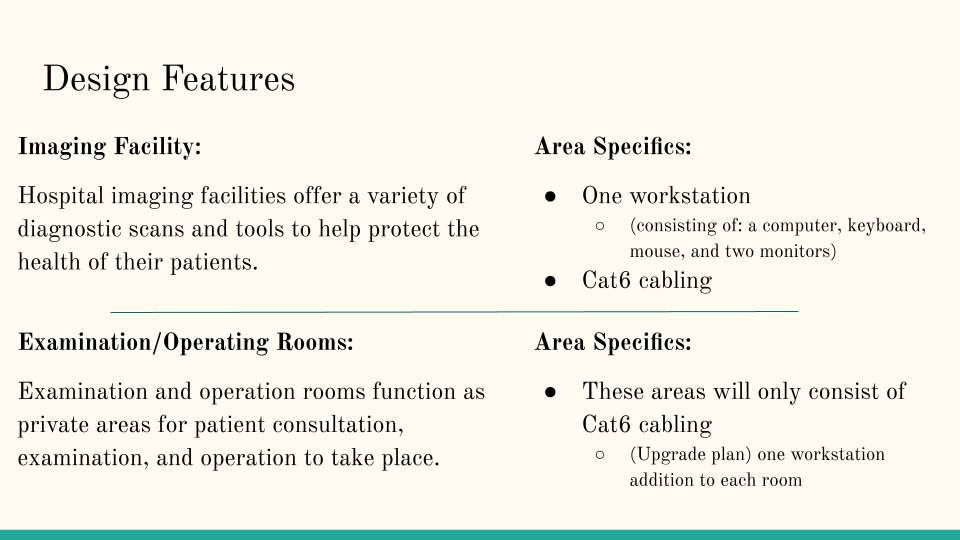
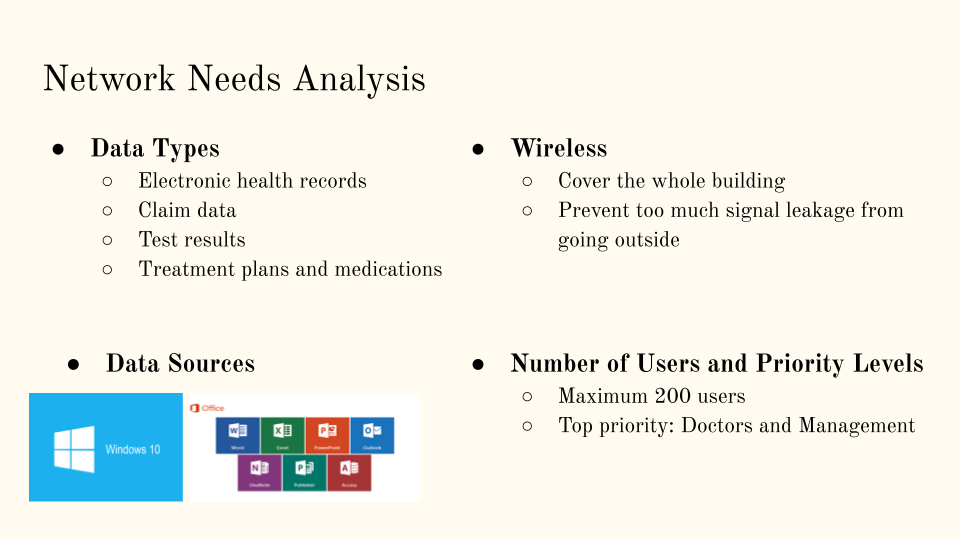
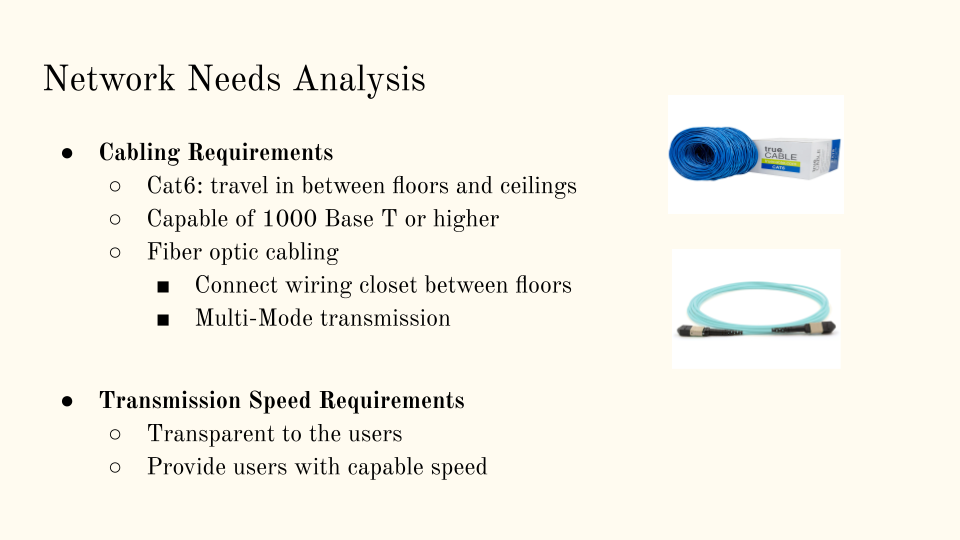

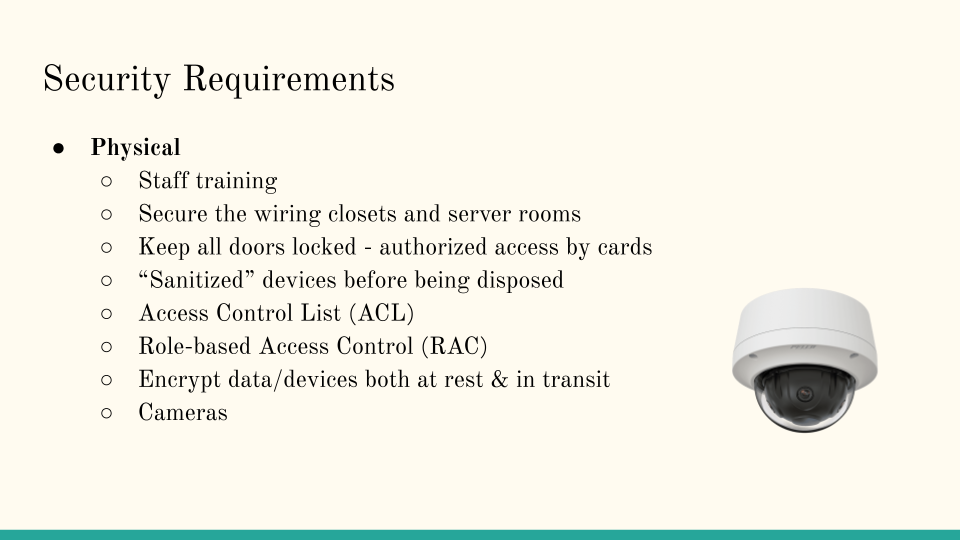

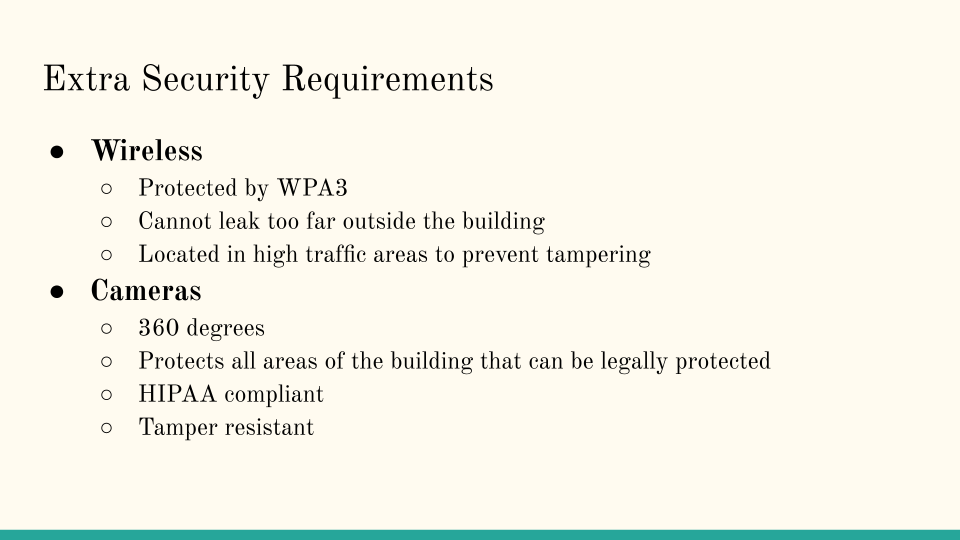
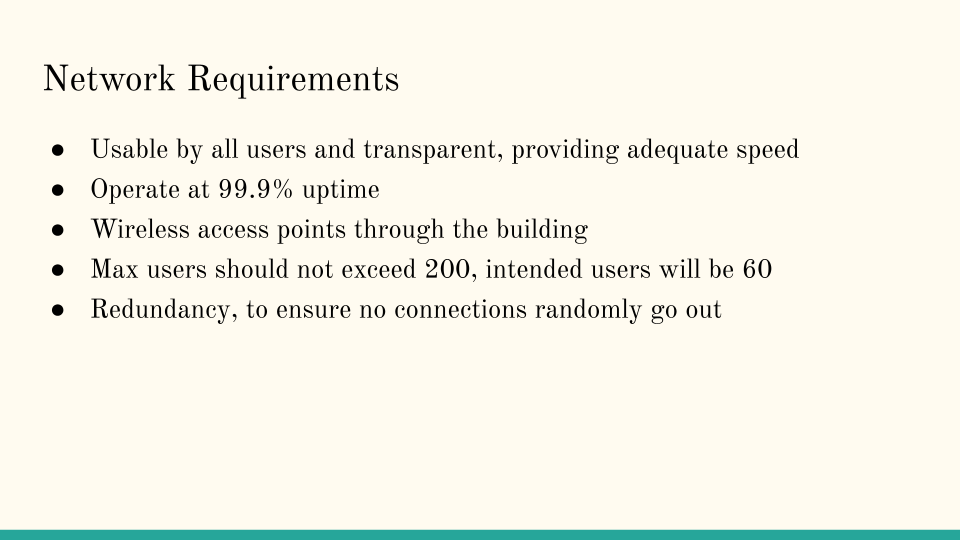
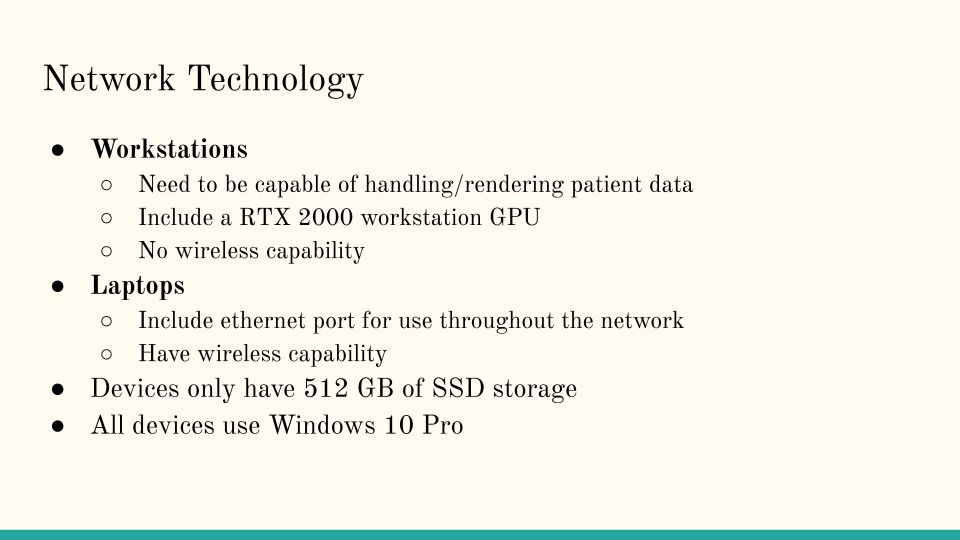
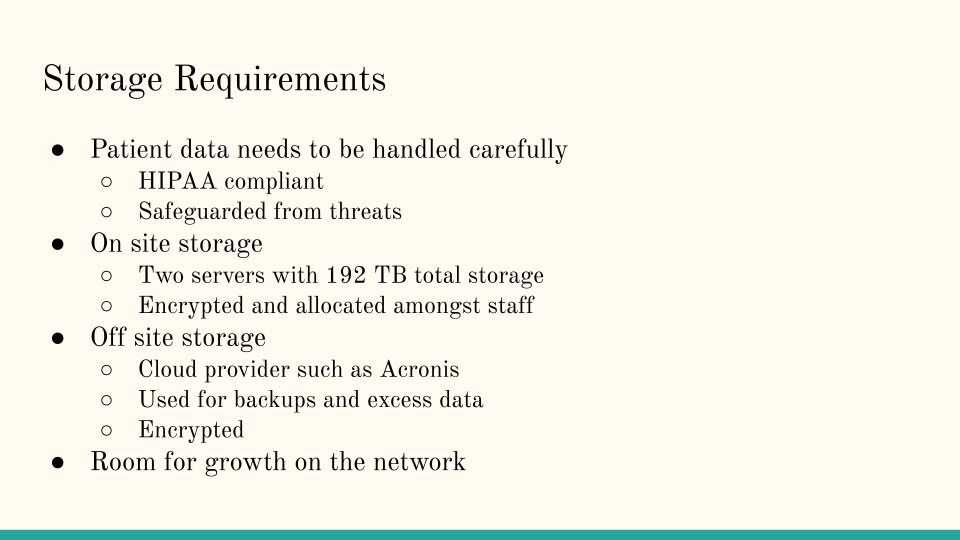
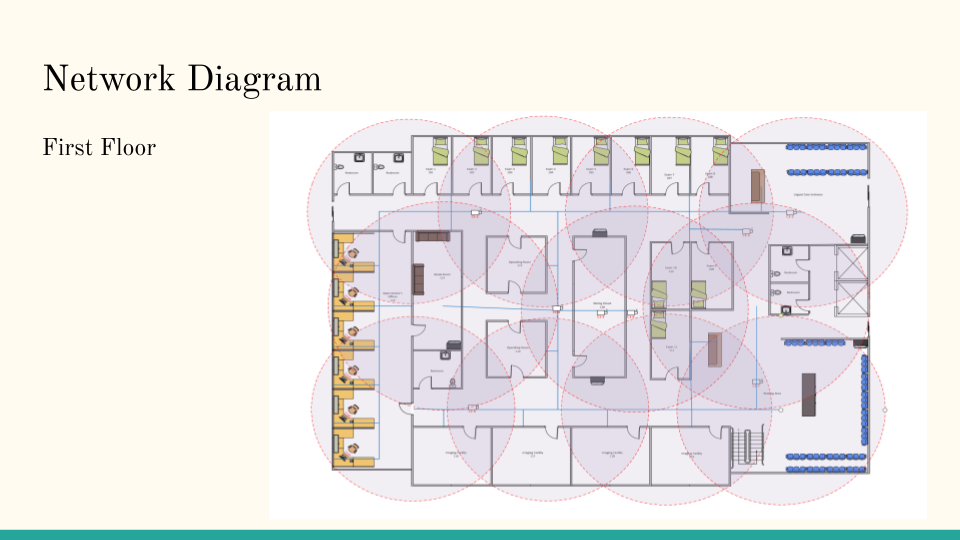


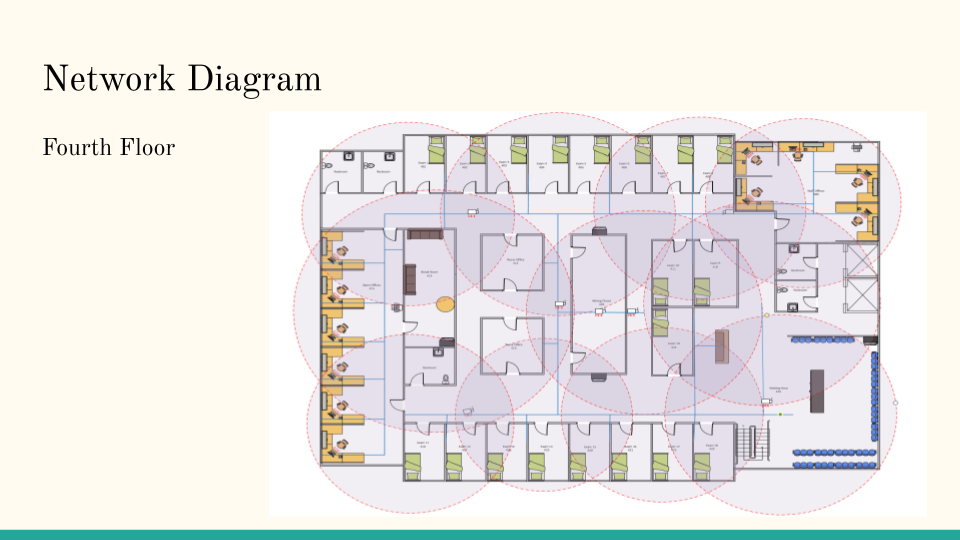

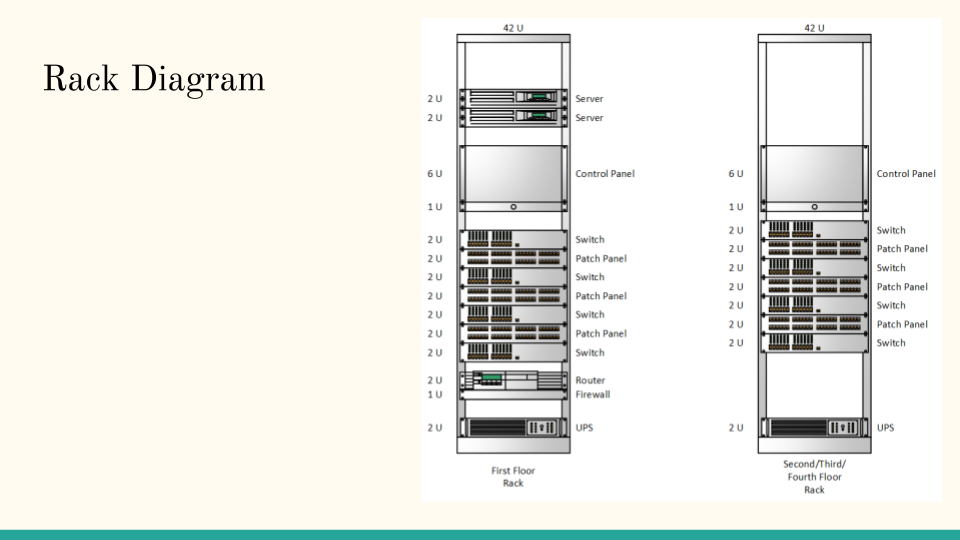

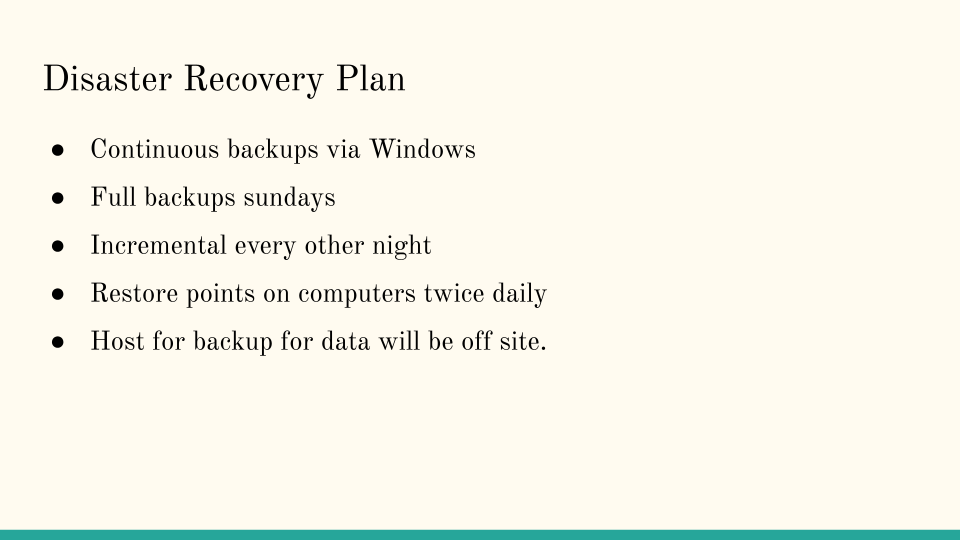
Case Study
Introduction
In the age of digital health and advanced medical technologies, securing patient data and ensuring hospital operations remain uninterrupted is paramount. This case study showcases the secure network infrastructure our team designed from scratch for the fictional St. Mercy Hospital, still under construction.
Objective
To establish a secure, efficient, and scalable network infrastructure that supports hospital operations and patient data protection.
The Challenge
The unique challenge was twofold: the design of an entire hospital floorplan and the integration of a cutting-edge cybersecurity framework within that design. Finally, present our proposal.
Approach & Methodology
Hospital Floorplan Design: Using architectural software and in collaboration with healthcare professionals, we laid out a logical, efficient hospital floorplan that catered to medical workflows.
Frequency Segmentation: By using different frequencies, we ensured that different departments (like Radiology, Administration, and Patient Care) operated independently, minimizing risks.
Secure Wiring Closets: We designed limited-access wiring closets with biometric and card access controls to ensure only authorized personnel could access network equipment.
Redundancy and Scalability: Our design incorporated redundant paths for data to ensure operations even if one path failed. Scalability was ensured by leaving provisions for additional equipment and access points.
Access Points in Difficult Locations: Given that medical equipment can sometimes interfere with signals, we strategically placed access points in locations to ensure optimal signal strength and minimize interference.
Security Protocols: Beyond physical infrastructure, we implemented cybersecurity protocols, such as advanced firewalls, intrusion detection systems, and network monitoring, to safeguard patient data and hospital operations.
Results & Deliverables
Upon completion, we provided St. Mercy Hospital with:
- A detailed hospital floorplan that integrates cybersecurity considerations
- A comprehensive report outlining the cybersecurity measures in place, their rationale, and recommendations for maintenance and future upgrades
- A bill detailing the costs associated with the infrastructure
- A presentation for the hospital’s executive board, outlining the benefits and efficiencies of our state-of-the-art design
Conclusion & Next Steps
Our tailored approach to designing the St. Mercy Hospital’s network infrastructure not only provides robust security but also ensures optimal hospital operations. This design, balancing healthcare needs with cybersecurity best practices, serves as a model for future healthcare institutions. My time working on this project proved beneficial to bolstering my knowledge and establishing a foothold in understanding network infrastructure, which is very critical in every area of cybersecurity.
Next Steps:
- St. Mercy Hospital’s review and approval of the design and recommendations
- Phased implementation as the hospital construction progresses
- Periodic testing and adjustments based on real-world use and emerging threats
Supporting Media
Skills I Honed From This Project:
- Experience designing a secure network infrastructure
- Information about network infrastructure
- Information about servers and network hardware
- Experience using Wireshark and Cisco Packet Tracer
